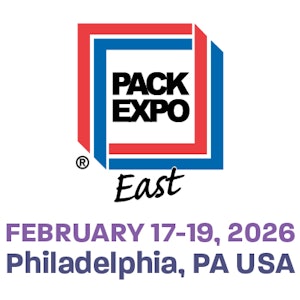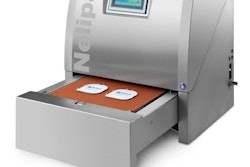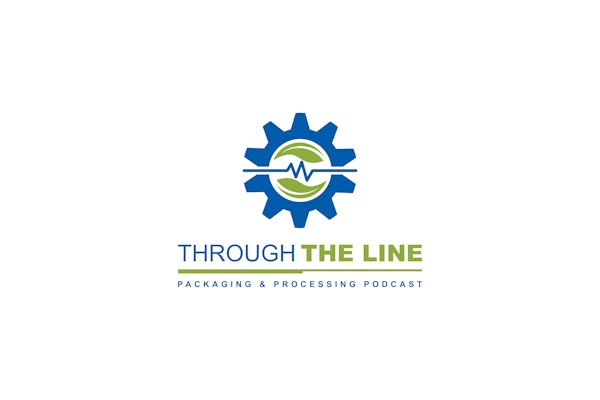That question is being addressed by companies includingTraceLink Inc., a provider of software with a global cloud application platform and a company that offers a range of both track and trace and supply network collaboration applications on that platform. Modeled after the ISA-95 standard for the integration of enterprise and control systems, the diagram illustrates some of the line-level and plant-level software implications that need to be considered when building a track-and-trace architecture.
Integrating enterprise and control systems in pharma
As regulatory requirements around the world make it increasingly important for drug makers to have in place robust serialization and track and trace capabilities, a number of questions have surfaced regarding automation control. How should data be exchanged from network and enterprise levels down to packaging lines, and how should data make its way back up into the network and enterprise levels?
Nov 24, 2014
Start 2026 with Smarter Packaging for Life Sciences at PACK EXPO East!
Be the first to find what’s next in packaging for life sciences at PACK EXPO East. See solutions from 500 exhibitors, gain inspiration in free educational sessions and uncover new ideas for your industry and beyond—all in one trip to Philadelphia.
REGISTER NOW & SAVE
List: Digitalization Companies From PACK EXPO
Looking for CPG-focused digital transformation solutions? Download our editor-curated list from PACK EXPO featuring top companies offering warehouse management, ERP, digital twin, and MES software with supply chain visibility and analytics capabilities—all tailored specifically for CPG operations.
Download Now
Downloads



















